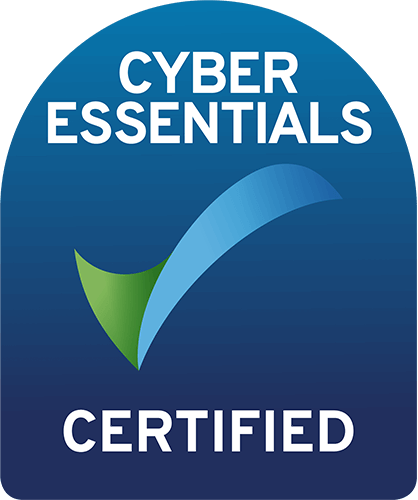Poor decisions by businesses or their in-house legal teams when procuring legal technology (LegalTech) can waste resources.
By contrast, good LegalTech procurement decisions can generate significant time savings, slash costs, provide surprising insights and enable critical risks to be spotted before they manifest.
We set out below a brief list of the seven biggest procurement pitfalls. This post is a brief summary extract of our comprehensive white paper, “A guide to legal technology procurement: How to avoid 13 common mistakes”.

#1 Failing to focus on the outcomes you need
First and foremost, organisations must identify the specific problems they are trying to solve and carefully match the technology to those specific problems, which can actually be less straightforward than it sounds.
#2 Being overwhelmed by a complex ecosystem
The LegalTech market is a fragmented and dynamic space, it can be easy to get lost in the weeds and to lose sight of core goals. We encourage organisations to work with a specialist consultant or to be prepared to invest the necessary time and effort to master the territory.
#3 Trying to stay at the cutting edge
At the outset, it is best to focus on procuring simple, cost-effective solutions that match the organisation’s specific problems and produce big cost and time savings without worrying too much about being right at the forefront of innovation. Technology will always evolve, the key is simply to accomplish good outcomes.
#4 Failing to consider synergies or integrations
Most leading, enterprise LegalTech solutions now come with ready-made integrations. We encourage organisations to take the time to identify tools that can integrate with one another and with their other existing systems. In this way, over time, they can build up a powerful ecosystem of technologies.
#5 Ignoring the power of self-service tools
Some of the most powerful LegalTech tools empower non-lawyers to “self-serve” without ever having to bother the legal team. These tools can be extraordinary time savers, serving sales and procurement teams and the wider business.
For more information on what can be accomplished with LegalTech, read our post on 8 game-changing LegalTech use cases.
#6 Not liaising with internal teams and users
Asking for a simple trial from a small cross-section of internal clients before committing to a purchase can give organisations quick and cheap feedback from the people who will actually use the tools day to day.
#7 Forgetting InfoSec and data protection
The leading enterprise LawTech providers typically come with all manner of security accreditations and guarantees. Earlier stage providers, and those headquartered outside Europe, may pose genuine regulatory concerns which organisations would do well to investigate thoroughly.
The promise of legal technologies is huge, both now and into the future. Failing to choose the correct technologies, not deploying or calibrating those technologies properly and not involving and training the wider organisation in the process from start to finish, can derail the procurement process and offset all the upside.
This post is a brief summary extract of our free and comprehensive white paper, “A guide to legal technology procurement: How to avoid 13 common mistakes made by in-house legal teams”.

About Clearlake
We are a new generation of City law firm putting legal technologies at the heart of everything we do, with the promise of delivering premium legal services at significantly better value.
We advise on specific technologies for specific problems and we provide access to carefully chosen, enterprise-grade tools with full supervision and support.




